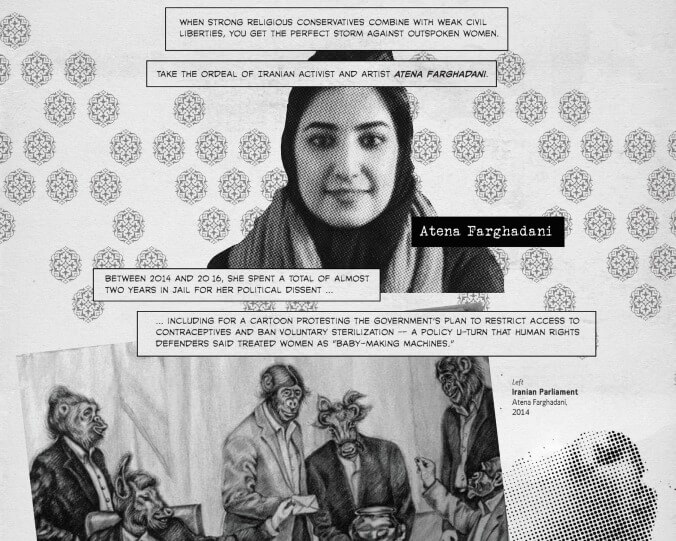Red Lines’ clumsy attempt to decry cartoon censorship ends up defending bigotry
Lack of historical context, unexplained exclusions, and blind belief in cartoonists result in Red Lines’ abject failure

Red Lines: Political Cartoons And The Struggle Against Censorship is a difficult book to describe, even in very broad strokes. It looks like a graphic novel but is more a textbook with lots of pictures. If you were to remove everything except the prose and individual cartoons used to demonstrate particular points, the book would likely be a third as long and a lot easier to read; the deconstructed text that meanders through photo collages and choppy layouts aren’t at all reliant on the visuals to make the points put forth by creators Cherian George and Sonny Liew.
It makes sense that George—and especially Liew, whose art has been featured in a wide variety of comics—would want to make a book about cartoons that uses some of the same visual language and structure as that art form. Unfortunately, the results can be difficult to parse: Dialogue and exposition are cut off at odd points, only to continue in boxes and balloons that don’t always follow sensible layout conventions. The fact that the book is dense and peppered with academic jargon doesn’t help. Even readers interested in, and well informed about, political cartoons might have a hard time parsing the message Red Lines seems to want to make.
That opacity and the fact that Red Lines is being released by an academic publisher make it easy to presume that the target audience is students. George is a professor who, according to the acknowledgements, taught classes at both of the universities that helped to fund the book. The introduction in particular has a great series of visuals explaining the different kinds of censorship that people face today and where each is most likely to be found. Chapters on the role of capitalism in journalism and examples of censorship in various countries act as good primers for people who want to better understand the variety of forces that impact journalists and political commentators.
But Red Lines has several weaknesses that make it a bad fit for many classrooms and almost all casual readers. The first is that the entire book treats political cartoonists as somehow removed from and above other people, never part of the system that they comment on. Their identity is “cartoonist,” and that identity comes before all else (with the exception of gender, which is only discussed in the chapter on gendered censorship). The book also presents personal anecdotes from cartoonists the same exact way that it presents scholarly information from social scientists and other academics, conflating individual beliefs with extensively researched data.